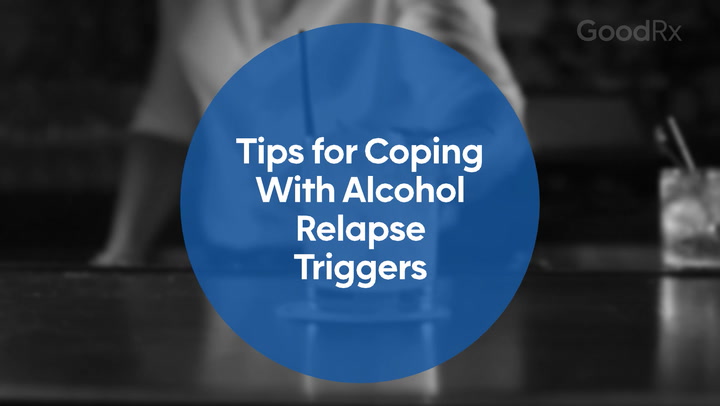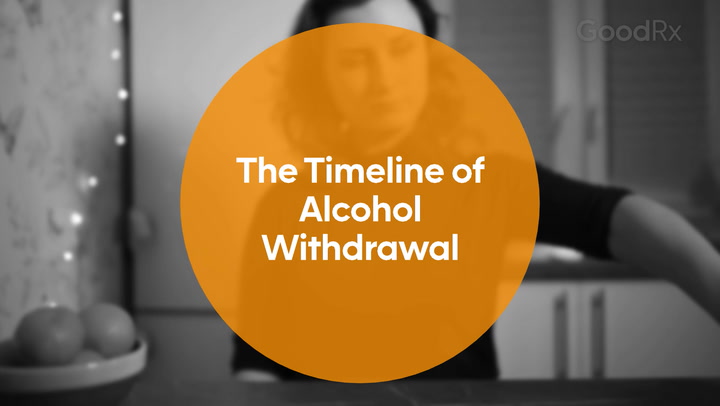
Is a High Alcohol Tolerance a Sign of Addiction?
Key takeaways:
Alcohol tolerance occurs when your body adapts to alcohol, which leads to fewer noticeable effects from the same amount of alcohol.
Someone with a high alcohol tolerance can drink more alcohol without feeling like they’re intoxicated or under the influence. But high tolerance is linked to harmful effects.
Tolerance is a symptom of alcohol use disorder and other substance use disorders.

You may have noticed that some people can seem tipsy and intoxicated after just a few drinks. Meanwhile, others can seem to drink all night without showing signs of being drunk.
How does this happen? And what controls how someone thinks, acts, and feels while drinking?
Keep reading to learn more about alcohol tolerance, how it develops, and what it means for you.
Search and compare options
What is alcohol tolerance?
Tolerance is a state where a substance doesn’t affect you as strongly as it did at first. For example, let’s say you used to feel the effects of alcohol after 2 drinks. But now you need more to experience the same feelings. If so, you’ve developed a tolerance to alcohol.
Tolerance happens because alcohol use changes the chemistry in your brain. When you drink alcohol or use any other drugs, your brain releases certain chemicals, like dopamine. This causes feelings of pleasure.
Over time, your brain adapts to alcohol by releasing less of these brain chemicals. As this happens, you may be tempted to drink more to experience the same effects as before.
What does high alcohol tolerance look and feel like?
Having high tolerance means that your body is minimizing its usual response to alcohol. So you may not notice the effects of alcohol like you used to. But that doesn’t mean that the alcohol isn’t harming your body. It only means that your body has gotten used to these high levels of alcohol.
When you have a high tolerance and drink alcohol, you’re:
Less likely to experience nausea and vomiting
Less likely to pass out or slur your words while speaking
Better able to stand and walk without showing signs of intoxication
Why alcohol affects people differently: Here’s why drinking alcohol isn’t the same for everyone.
What are the effects of heavy drinking? Heavy drinking is linked to many short-term and long-term health problems. Here’s what the research shows.
Tips to stop drinking: Whether you’re looking to stop drinking or cut back, these strategies can help you succeed.
Tolerance will change some effects from drinking. But it doesn’t change others. For example, the following will still happen when you drink alcohol:
Your reaction times will be slow.
You won’t be able to see what’s on your sides or around you (poor peripheral vision) as well as usual.
Your blood alcohol concentration (BAC) will be high. This is the amount of alcohol in your bloodstream.
Having a high tolerance can make it feel like you’re coordinated enough to drive after drinking. But you’ll still have slowed reflexes and poor vision. And if your BAC is tested, the results will still be high.
Having a high tolerance doesn’t speed up the body’s ability to process or metabolize alcohol. No matter your tolerance, there’s no quick way to sober up from alcohol.
Is having high alcohol tolerance a good thing?
No, having a high tolerance to alcohol isn’t a good sign. It means your body is responding to your drinking and taking action to limit the influence of alcohol in your body. So people with a higher tolerance tend to drink more to continue feeling the effects. And that can raise your risk for a range of health problems.
Problems linked to higher tolerance and heavy drinking include:
Alcohol poisoning
Reduced performance at physical and mental tasks, like driving
Increased risks of accidents and conflicts with others
Dangerous interactions with medications or other drugs
Long-term organ damage, such as liver disease, pancreatitis, and cardiomyopathy (heart diseases)
Increased risk of cancer, including breast cancer, liver cancer, colon and rectal cancer, and oropharyngeal (middle of the throat) cancer
High tolerance also overwhelms your body’s natural defenses to alcohol. When the body detects too much alcohol, it’ll encourage vomiting or passing out to stop you from drinking more. Higher tolerance prevents this, leading to more dangerous BAC levels.
Is high alcohol tolerance a sign of addiction?
High tolerance can be a sign of alcohol addiction, now called alcohol use disorder. Signs of alcohol use disorder include:
Drinking in larger amounts or more regularly than planned
Spending a lot of time being drunk or hungover
Not following through on responsibilities
Continuing to drink despite the damage it’s causing
Having cravings for alcohol and feeling poorly when none is available
Should you try to increase your alcohol tolerance?
No, you shouldn’t try to increase your tolerance. You may feel it’s helpful in social situations to be able to drink more. But having a high tolerance raises your risk for a range of health problems.
What affects your alcohol tolerance?
Tolerance is more about how much you drink than what you drink or how often. You could have 2 drinks every day without raising your tolerance. But if you have 10 drinks once per week, your tolerance will build.
Does weight affect your alcohol tolerance?
Your body weight may not affect alcohol tolerance in a direct way. But your body weight affects your BAC.
If you have a lower weight, you have less water in your body to absorb the alcohol. So your BAC will go up faster. After 3 drinks, a person who weighs 150 lbs will have a higher BAC than someone who is 200 lbs.
If you drink less, does your alcohol tolerance decrease?
Drinking less will bring down your tolerance. But this can take time. If you regularly drink lots of alcohol, even a period of 2 weeks without alcohol could noticeably lower your tolerance.
Keep in mind that detoxing from alcohol can be dangerous. If you’re thinking about stopping drinking, reach out to a healthcare professional for tips to succeed and do it safely.
Are there different types of alcohol tolerance?
How much alcohol you drink has a big effect on your tolerance. But there are other factors that play a role. And there are different types of tolerance:
Environmental tolerance occurs when you develop a tolerance to alcohol in a setting or situation where you frequently drink. If you normally drink at bonfires, the smell of smoke will trigger your body to begin adjusting to alcohol, even before your first drink. But you may feel the effects quicker in a new setting.
Metabolic tolerance is when certain enzymes in your liver adapt to more efficiently metabolize alcohol, which means you don’t feel alcohol’s effects as quickly.
Genetic tolerance refers to how your genes influence tolerance. Having a parent with a high tolerance may mean you’ll also have a higher tolerance. Studies show that children of people with alcohol use disorders develop tolerance at a different rate than other people.
The bottom line
When you build a tolerance to alcohol, the effects of drinking are dulled — even when you consume the same amount. This may lead you to drink more. And drinking larger amounts of alcohol can have both short- and long-term effects on your physical and mental health.
If you’re concerned about how your drinking is affecting your health, you aren’t alone. Help is available. Connect with a healthcare professional for tips to cut back or stop drinking safely.
Why trust our experts?



References
Assistant Secretary for Health. (2025). Alcohol and cancer risk. U.S. Department of Health and Human Services.
Center for Wellness and Health Promotion. (n.d.). Understanding alcohol tolerance. Harvard University.
Hahn, A. (2016). The truth about tolerance: How much do you really know about your body’s relationship with alcohol? University Health Services.
Litten, R. Z., et al. (2025). The basics: Defining how much alcohol is too much. National Institute on Alcohol Abuse and Alcoholism.
MedlinePlus. (2018). Alcohol use disorder.
National Institute of Drug Abuse. (2020). Drugs and the brain. National Institutes of Health.
nidirect. (n.d.). What happens when you drink alcohol.
The University of Toledo. (n.d.). Alcohol tolerance.
If you or someone you know struggles with substance use, help is available. Call SAMHSA’s National Helpline at 1-800-662-4357 to learn about resources in your area.

























